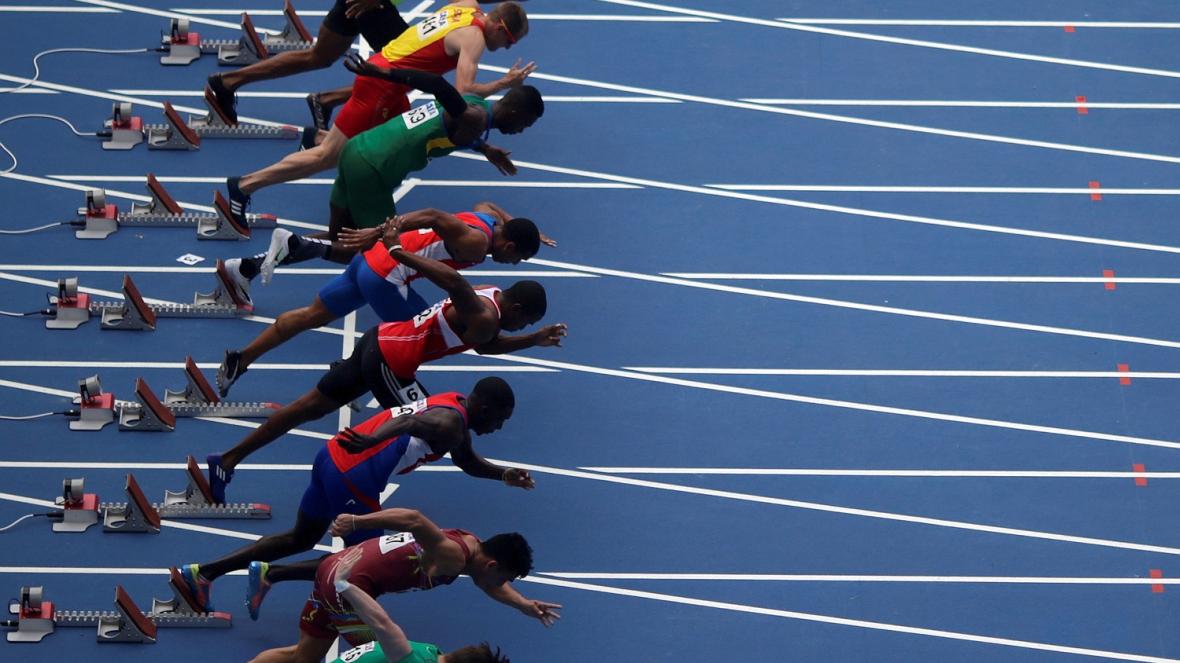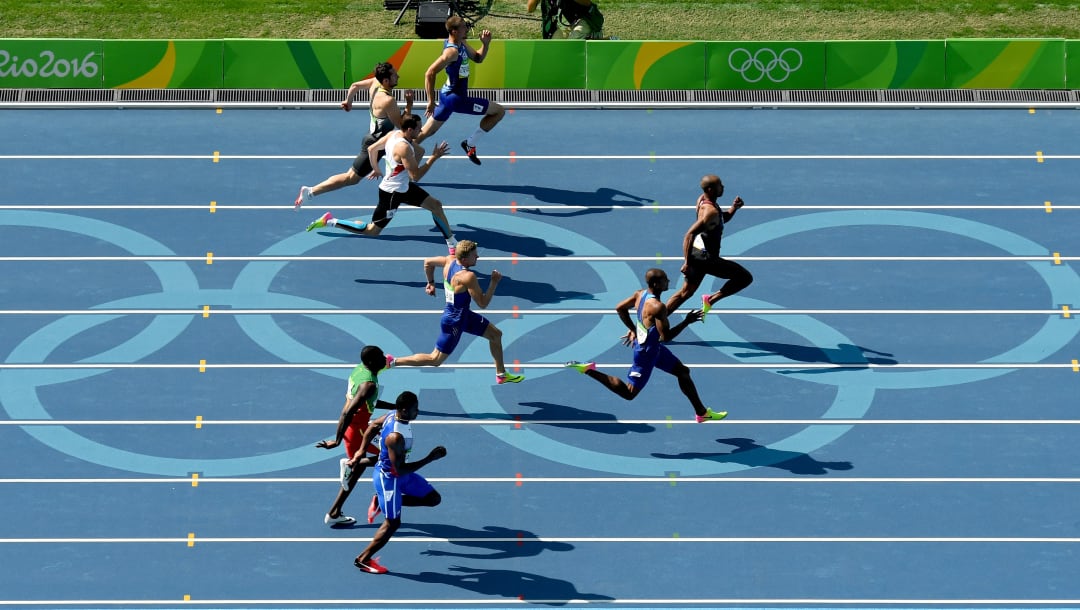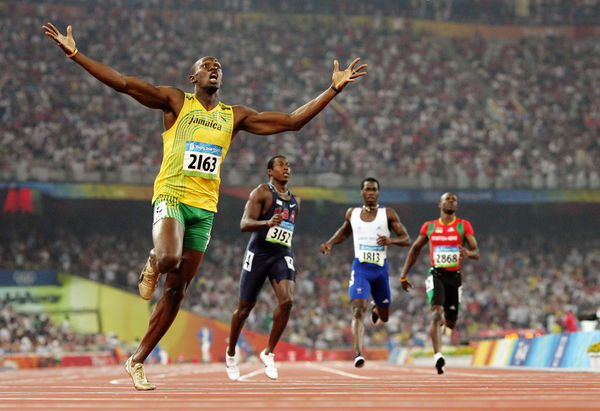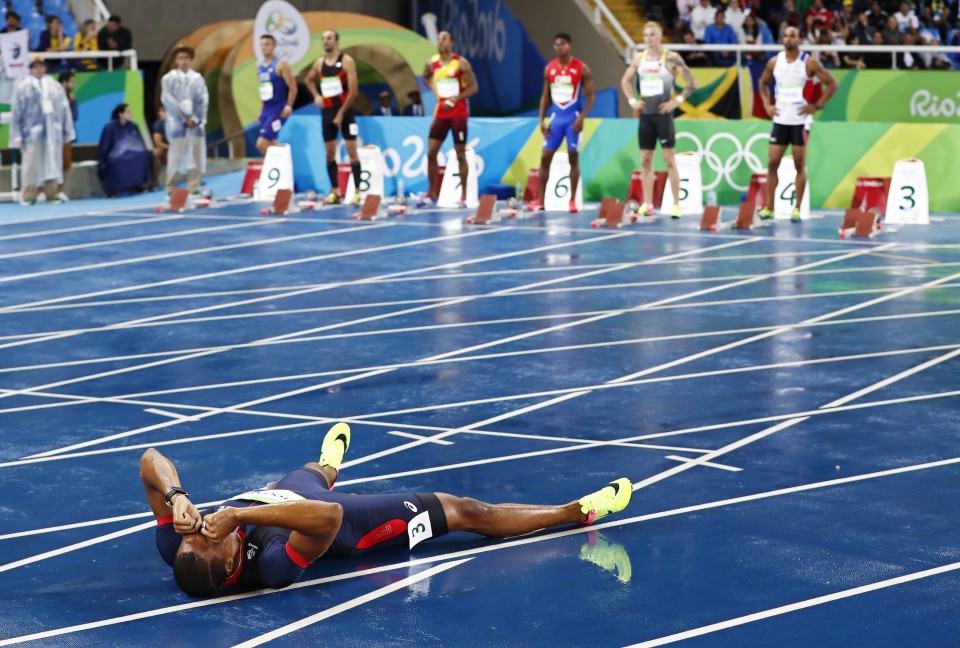

At the Olympics, running events are the most highly anticipated given the fact that they are spontaneous and most highly competitive every single time. The athletes assembled at the tracks pull their best speeds and try to get the gold medal which is the most prestigious accomplishment one can win in his/her career.
Watch What’s Trending Now!
Although the races seem to be easy, there is a huge set of rules that go into them. Breach of any one of them could result in disqualification from the race entirely.
ADVERTISEMENT

Races differentiate in type from Sprints to Middle-distance and Long-distance runs. As the distances differ, rules also change although not drastically. Each athlete is allotted their own lane to run on before the race.
ADVERTISEMENT
Read more: The Interesting Origin of Athletic Events to Be Held at the Tokyo Olympics 2021
They have to stay in the lane throughout the race and must not merge into the lanes of another athlete, and will be disqualified if they do so. In long-distance races, this rule is rested to a certain extent and participants will not be disqualified unless the switch in lanes is used to their advantage or obstructs the race.
ADVERTISEMENT

Getty
BEIJING – AUGUST 20: Usain Bolt of Jamaica reacts after breaking the world record with a time of 19.30 to win the gold medal in the Men’s 200m Final ahead of Churandy Martina of Netherlands Antilles Brian Dzingai of Zimbabwe and Shawn Crawford of the United States at the National Stadium during Day 12 of the Beijing 2008 Olympic Games on August 20, 2008 in Beijing, China. (Photo by Michael Steele/Getty Images)
A false-start can cost an athlete the entire race in the Olympics
In the starting itself, athletes use starting blocks to give them a major boost. However, they may only use the advantages of this boost when the gunshot is sounded. While different races have different sounds such as a clap or whistle, the general rule is that athletes can not start a race before the sound.
ADVERTISEMENT
If they do, it will be considered a false start and after an initial warning, if the same offense is repeated, the athlete will be disqualified from the race. In previous editions of the Olympics, one false start was all it took to get disqualified.

ADVERTISEMENT
At the finish line, the athlete who crossed the mark first will be declared the winner. The torso crossing the line will be the means for judging the winner. Currently, double Photocells are commonly used to determine the exact timings of the finish and to determine winners that are generally separate from runner-ups by member milliseconds. Photo finishes are also employed in certain cases.
Athletes are banned from taking any performance-enhancing drugs before the race. Doping tests are carried out after the event to check for foul play. If found guilty, athletes will be disqualified and their performances discredited.
ADVERTISEMENT
ADVERTISEMENT
ADVERTISEMENT

